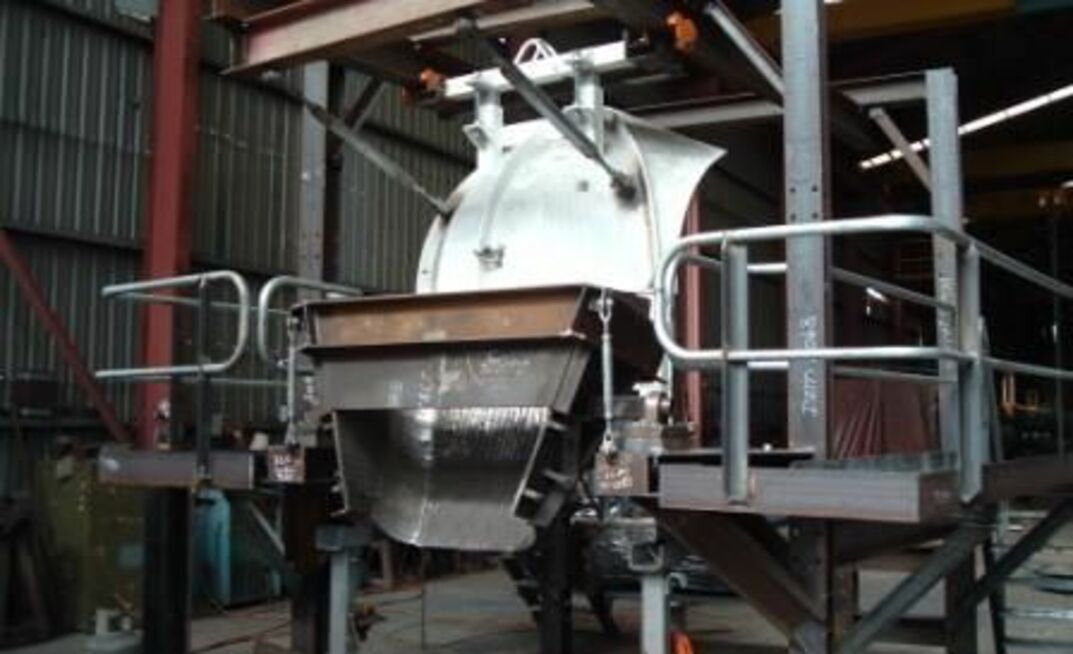Faults in older chutes, mostly caused by outdated design, include blocking or hang-ups due to fines, clay or stick material being conveyed, and high impacts at loading points, which wear holes through the chute because of constant impact.
TW Woods director Tom Woods said miners could take advantage of advances in chute design to keep their product flowing better.
“While many of the improved designs and materials have been around for the past decade or so, many of the older plants around seem to be rusted on to older designs – they just patch them up or repair them as they wear through,” he said.
“Problems can arise because original mine designers can tend to produce standard chutes of the type they always have without full consultation with the mine owners or engineers.
“An education process is sometimes needed with maintenance engineers on the costs and downtime this can occur.”
Woods said once the problems, such as wear, impact, hang-up, blocking, spillage and premature conveyor-belt wear were identified, his company could partner with the plant to come up with solutions.
“Some traditional mines look at the upfront cost in particular applications and baulk at that – they would rather pay ongoing charges, adding up to a much greater sum, than to pay one sum to address the chronic problem and achieve an overall much lower cost of running the chute,” he said.
“But once a refurbished chute or replacement chute is installed, they usually go on to cover all their chutes over time.”

























